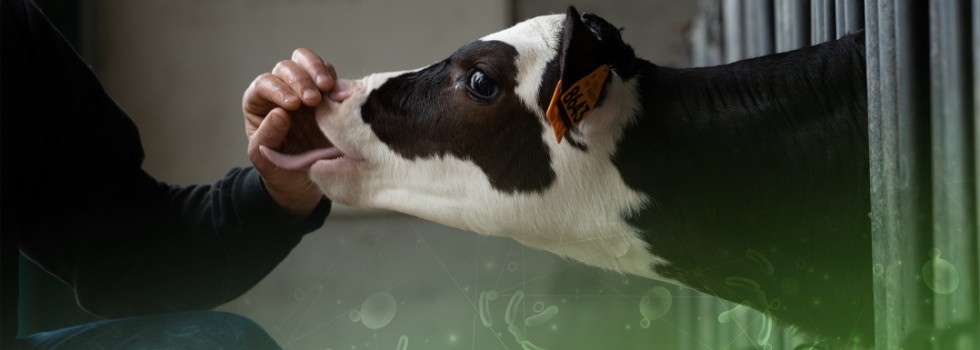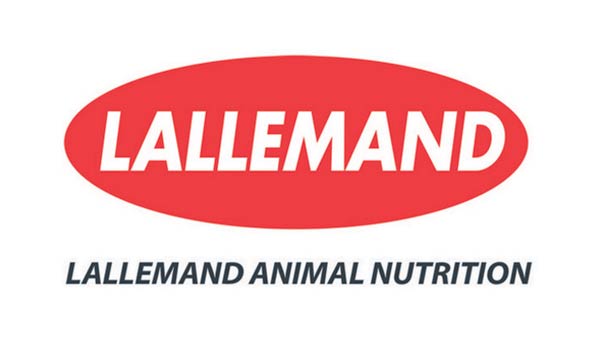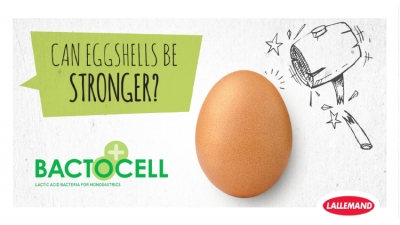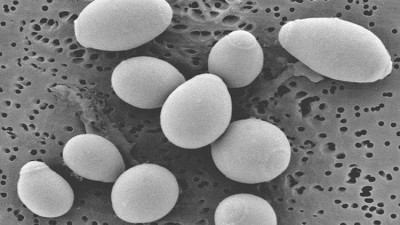Promotional Features
Activating gut immunity and promoting healthy gut microbiota health to benefit calf performance
Calf health management is crucial and will influence the performance of the adult cow.
In pre-ruminants, the colonization of the gastrointestinal microbiota is important at different levels, particularly for the maturation of the mucosal immune system. Part of the immune defense system comes from the gut.
For the young calf, the objective is to strengthen gut immunity to help secure the fragile digestive system, limit diarrhoea and respiratory diseases, and prepare for the future. Feeding and balancing the microbiota with probiotics and postbiotics during this delicate time can help ensure future health and performance.
Taking care of a calf from birth to heifer is crucial to maximize the adult cow’s performance (Figure 1). Research shows heifers affected by diarrhoea as calves demonstrated lower average daily weight gain at weaning and a lower first lactation performance, with -325 kg of milk when looking at the 305-day mature equivalent (ME) milk production standardized value.1 In addition, heifers diagnosed with diarrhoea and bovine respiratory disease (BRD) tend to have increased difficulty at insemination and during calving.
Figure 1: Short- and long-term consequences of unbalanced gut flora in pre-weaned calves
Lower gut microbiota: A key partner in maintaining systemic gut health
The colonization of gastrointestinal microbiota is a complex process, and the stable establishment of beneficial microbiota is important at different levels, particularly for the maturation of the mucosal immune system.2
The goal is to support the young calf’s gut immunity, which is crucial to protect the delicate digestive system and prevent diarrhoea and respiratory infections. The gut has a major role in the immune defense system as it contains most of the innate and acquired immunity in the gastrointestinal lymphoid tissue (GALT) and GALT has up to 70% of the body’s white blood cells. Nutritional additives can be used to support a balanced immune response and can be a winning strategy to support calves during challenges from birth through the post-weaning period (Figure 2).
Figure 2: Main health challenges for calves
Nutritionists also need to consider the calf’s digestive system from birth to post-weaning. During this time, the calf's digestive tract changes a lot and becomes more complex. It develops from a simple stomach that digests only milk to a four-chambered stomach that can process plant material. The two main sections of this stomach are the rumen and the lower gut.
Weaning: A stressful event for the calf and its digestive tract
Calves have a weak immune system in their early lives (Figure 3) which makes them susceptible to various external stressors (Figure 2) such as transportation, feed transition, dehorning, among others. These stressors compromise the immune system and increase the chances of digestive and respiratory diseases. Digestive challenges are the main cause of death (32%) and illness (51%) among calves.3
Figure 3: The immunity gap in calves from birth to weaning
How to support lower gut development in calves through nutritional strategies
Post and prebiotics, such as yeast derivatives, and a live microorganism probiotic, such as a specific live yeast dedicated to gut health, can be applied to target calf gut health. The most important consideration is to choose the right ingredient or additive with a proven effect to the specific calf challenge.
A new generation feed ingredient, YANG – which includes specifically selected yeast fractions (postbiotics) – has been proven to help maintain the health of calves and other young ruminants.
Figure 4: Interleukins gene expressions coming from gut sample of pre-weaned calves
Learn more about interleukins:
Interleukins act as mediators to modulate the immune response.
IL-10 is an anti-inflammatory cytokine. IL-6 is involved in pro-inflammatory responses.
YANG is a multi-strain yeast derivative formulated to strengthen animals natural defense with a patented, synergistic effect on the immune response.
Observations and samples made through endoscopy show that calves that were fed YANG during the pre-weaning period demonstrated a pro-anti-inflammatory ratio that was more driven by anti-inflammation with YANG supplementation versus the control group (Figure 4).
Depending on regional regulations, you also can use an innovative probiotic, ProTernative, to help calves become more resilient in the face of stress. This can help calves to reach their highest potential, maintain performance and help support wellbeing.
The probiotic effects of ProTernative are derived from the live yeast content which help to balance the calf gut microbiota. It interacts with the gut epithelium and promotes the gut immune system to produce immunoglobulin. The effects were observed in a study where the IgA production was followed into the ileum and colon during supplementation with the live yeast.
Figure 5: Immunoglobulin concentration (measured through SIgA concentration into ileum and colon)
Nutrition management is essential for early calf development
The first few months of a calf's life play a crucial role in shaping its future as a productive adult cow. To minimize the negative effects of early challenges on the digestive system and to ensure proper rumen development, nutrition management is essential. Along with good management practices, producers can use beneficial nutritional tools to help keep the calf healthy, stimulate starter intake and enhance immune system development for optimal adult performance. Well-researched tools include lower gut specific probiotic live yeast such as ProTernative and innovative yeast fractions such as YANG.
References
1. Abuelo, A.; Cullens, F.; Hanes, A.; et al. (2021). Impact of 2 Versus 1 Colostrum Meals on Failure of Transfer of Passive Immunity, Pre-Weaning Morbidity and Mortality, and Performance of Dairy Calves in a Large Dairy Herd. Animals11(3), 782.
2. Zened, A.; Forano, E.; Delbes, C.; et al. (2020). Ruminant microbiota: Research status and impacts of microbiota on animal performance and health. INRAE Productions Animales, 33 (4), pp.249-260.
3. Urie, N. J.; Lombard, J. E.; Shivley, C. B.; et al. (2018). Preweaned heifer management on US dairy operations: Part V. Factors associated with morbidity and mortality in preweaned dairy heifer calves. Journal of dairy science. 101(10), 9229-9244.
Additional references
Bach, A.; & Ahedo, J. (2008). Record keeping and economics of dairy heifers. The Veterinary clinics of North America. Food animal practice, 24(1), 117–138.
Bittar C.M. and Ferreria L. 2007. Avaliação da suplementação com culturas de levedura (Saccharomyces cerevisae) para bezerros leiteiros: crescimento do trato digestório e desenvolvimento do rúmen . Annual Meeting of the Brazilian Society of Animal Science (poster).
Chaucheyras-Durand, F.; & Fonty, G. (2001). Establishment of cellulolytic bacteria and development of fermentative activities in the rumen of gnotobiotically-reared lambs receiving the microbial additive Saccharomyces cerevisiae CNCM I-1077. Reproduction, nutrition, development, 41(1), 57–68.
Chaucheyras-Durand, F.; & Fonty, G.; (2002). Influence of a probiotic yeast (Saccharomyces cerevisiae CNCM I-1077) on microbial colonization and fermentations in the rumen of newborn lambs. Microb. Ecol. Health Dis. 14:30-36.
DCHA. Dairy Calf and Heifer Association Gold Standards, Second edition (2016).











